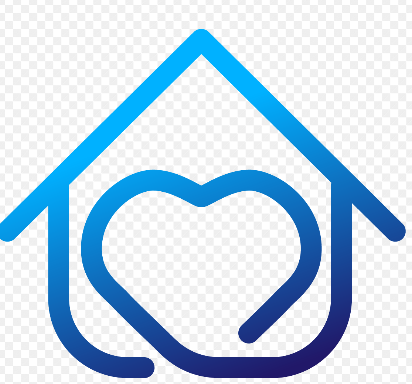Telemedicine in Emergency Situations: The Importance of Patient Monitoring
In times of emergencies, quick and efficient medical care can be a matter of life and death. Telemedicine, the practice of providing medical care remotely through technology, has emerged as a valuable tool in emergency situations. With the ability to consult with healthcare providers over video calls, patients can receive timely and critical care, even when they are unable to physically visit a hospital or clinic.
One of the key aspects of telemedicine in emergency situations is patient monitoring. Through the use of wearable devices and remote monitoring technologies, healthcare providers can keep a constant watch over patients’ vital signs and symptoms. This real-time monitoring allows for early detection of any deterioration in a patient’s condition, enabling healthcare providers to intervene quickly and prevent any potential complications.
Patient monitoring plays a crucial role in managing various medical emergencies, from heart attacks and strokes to respiratory distress and traumatic injuries. For instance, in the case of a heart attack, continuous monitoring of a patient’s heart rate, blood pressure, and oxygen levels can help healthcare providers assess the severity of the situation and determine the appropriate course of action. Similarly, in cases of respiratory distress, monitoring a patient’s breathing patterns and oxygen saturation levels can guide treatment decisions and ensure timely interventions.
In addition to acute emergencies, patient monitoring through telemedicine can also be beneficial in managing chronic conditions during emergencies. Patients with chronic illnesses such as diabetes, hypertension, or asthma may be at an increased risk of complications during stressful situations. Through remote monitoring, healthcare providers can track these patients’ vital signs and symptoms, adjust their medications as needed, and provide guidance on self-care measures to help them manage their conditions effectively during emergencies.
Moreover, patient monitoring through telemedicine can also help in triaging patients during mass casualty incidents or natural disasters. By remotely assessing patients’ conditions and prioritizing care based on the severity of their injuries or illnesses, healthcare providers can ensure that resources are allocated efficiently and that those in critical need receive immediate attention.
Overall, patient monitoring is a critical component of telemedicine in emergency situations. By leveraging technology to keep a close eye on patients’ health status, healthcare providers can deliver timely and high-quality care, even in challenging circumstances. As telemedicine continues to evolve and expand its reach, patient monitoring will play an increasingly vital role in improving outcomes for patients in emergencies.
************
Want to get more details?
Remote Care Today
https://www.remotecaretoday.com/
800-480-3344
608 Melvin Ave Suite 102 Annapolis MD 21401
Remote Care Today
https://www.remotecaretoday.com/
800-480-3344
608 Melvin Ave Suite 102 Annapolis MD 21401
We offers a physician the most advanced Virtual Care System that results in patient care being significantly increased, improved wellness, and a reduction in hospitalizations.
Our virtual care programs are a full turnkey solution for CCM, RTM, RPM, BHI, Cardiac & Pulmonary Rehab – We take the on the logistics of devices, monitoring, alerts, escalations, and the Superbill. There is no need for your team to take up resources and time to launch your program with us. We do it all and you get paid. Better yet, your patients get white glove care from your office and remotely without adding extra cost.

